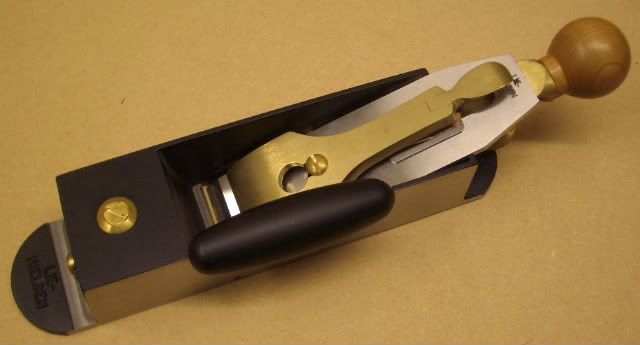You might be lucky to get a definitive answer on this Rhossydd. Probably because not many in the UK have bought that particular plane.
I'd be extremely surprised if it was 'hopeless', not many planes are.
I've had a few planes with the Norris adjuster, including one on my Veritas apron Plane. Not my favourite type of adjuster but it's hardly problematic.
What about the Quangsheng version? There's probably more people who have experience of that particular plane, a bit more expensive, though less than the Veritas.
I'd be extremely surprised if it was 'hopeless', not many planes are.
I've had a few planes with the Norris adjuster, including one on my Veritas apron Plane. Not my favourite type of adjuster but it's hardly problematic.
What about the Quangsheng version? There's probably more people who have experience of that particular plane, a bit more expensive, though less than the Veritas.





